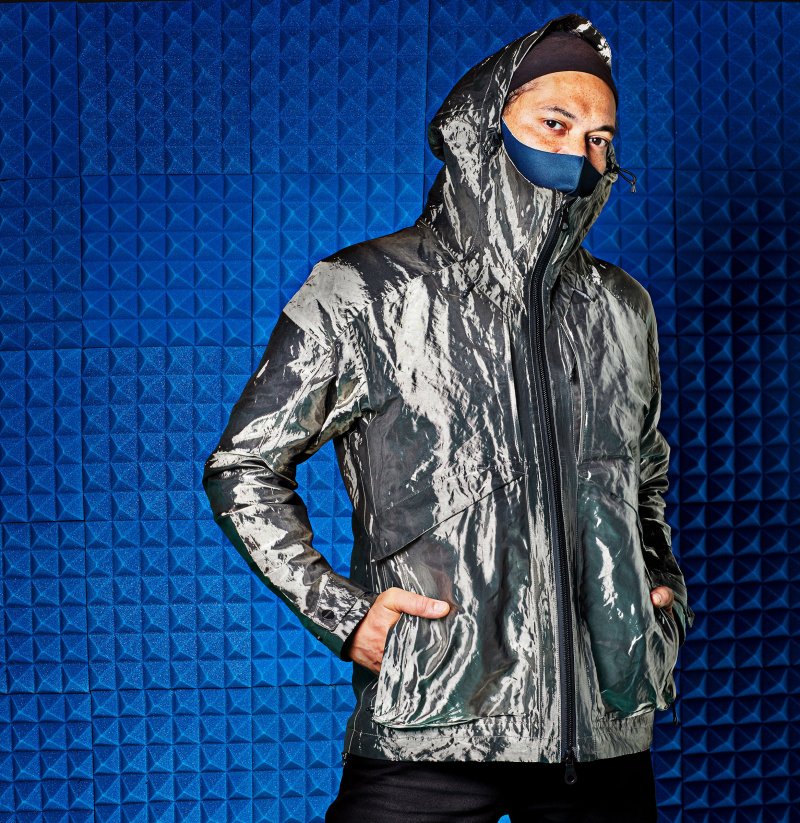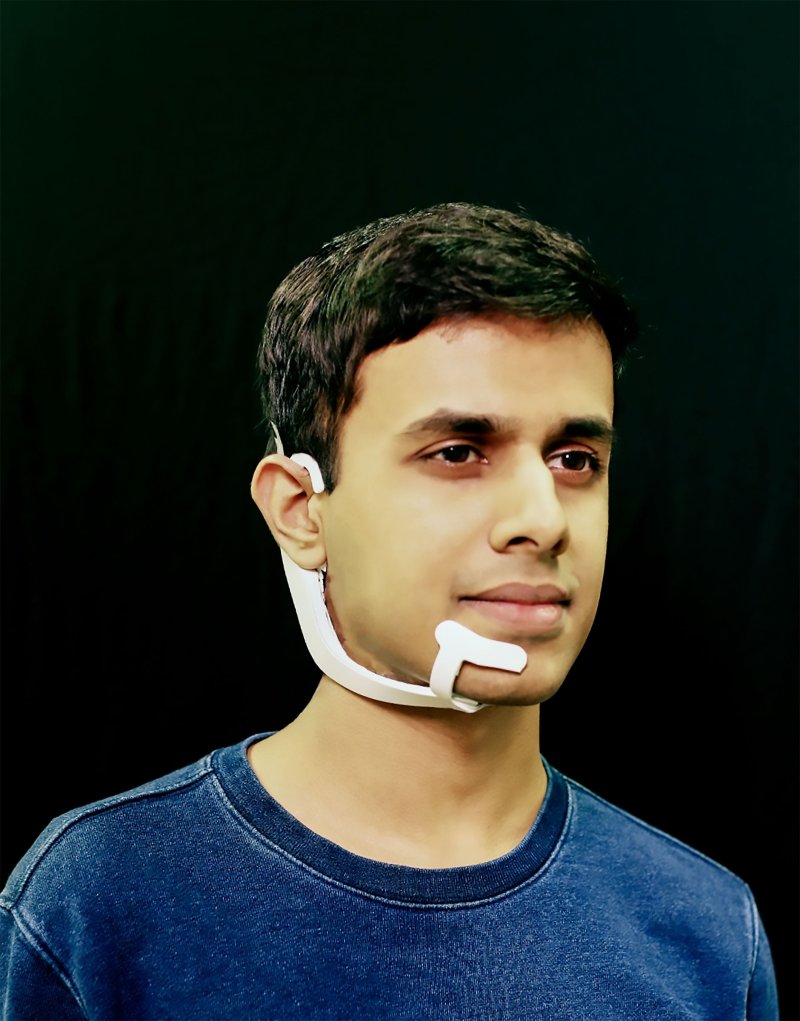This article is about THE BEST INVENTIONS OF 2020 - Experimental
1. The Climate Cop, Climate TRACE

For years, Silicon Valley companies have used artificial intelligence to make social media more addictive and streaming recommendations more predictive. “But very few people want to point these tools at the biggest problem we’re facing: CO2 emissions,” says Gavin McCormick, a co-founder of Climate TRACE. The first-of-its-kind environmental analytics tool—backed by an international coalition that includes seven environmental nonprofits and former Vice President Al Gore—uses a combination of machine learning, infrared satellite imagery and advanced computer modeling to track polluters worldwide in real time. The information it collects, accessible through a data-rich online portal that is set for release in 2021, will help environmental organizations verify that governments around the globe are honoring pledges to cut greenhouse gases. The data will also enable companies to better judge their supply chain’s cleanliness—and help the public stay informed too.
—J.R. Sullivan
2. Futuristic Fashion, Vollebak Full Metal Jacket

Buy now: Vollebak Full Metal Jacket
Can a jacket fight a virus? The answer might be yes—especially if it’s made of copper, an element proven to kill particles from viruses like influenza A and bacteria like E. coli. The Full Metal Jacket ($1,095), an innovative garment recently released by experimental clothing company Vollebak, may offer a glimpse into our sartorial future. About 65% of the lightweight jacket’s total material is composed of microscopic copper fiber that, if laid out in a straight line, would cross 11 km (6.8 miles). Although the Full Metal Jacket isn’t tested and wasn’t intended for defense against the coronavirus, Vollebak co-founder Steve Tidball hopes it will nonetheless serve as inspiration for a day when more of our clothing is made of materials that can also protect us.
— Jason Cipriani
3. Hydrogen Power for Airplanes, ZeroAvia

In 2019, passenger airlines emitted a record 915 million tons of CO² into the atmosphere. But bluer skies may be ahead. Case in point: ZeroAvia’s zero-emission hydrogen-electric power train, which substitutes hydrogen fuel cells and electric motors for conventional fossil-fuel- powered engines. The tech was recently tested on a flight north of London, in which a small Piper M-Class six-seater took to the air. Founder and CEO Val Miftakhov, a pilot and a veteran in the sustainable- transportation industry, predicts that the tech will be able to power a 20-seat aircraft with a range of 500 miles within three years and a 100-passenger jet within 10.
—Jesse Will
4. A New Kind of Interface, MIT Media Lab AlterEgo

AlterEgo doesn’t read your thoughts, but it can enable you to communicate with your computer without touching a keyboard or opening your mouth. To use the headset to carry out a simple task like Googling the weather on your laptop, first formulate the query in your mind. The headset’s sensors read the signals that formulation sends from your brain to areas you’d trigger if you had said the query aloud, like the back of your tongue and palate. Then, via a web connection, the device, designed by researchers at the MIT Media Lab, carries out the task on your laptop. To inform you of the results of the task, the headset uses a bone conduction speaker that only you can hear. Researchers found that the device’s prototype was able to understand its wearer 92% of the time. The interface is currently being tested in limited hospital settings, where it helps patients with multiple sclerosis and ALS to communicate.
—Jason Cipriani
